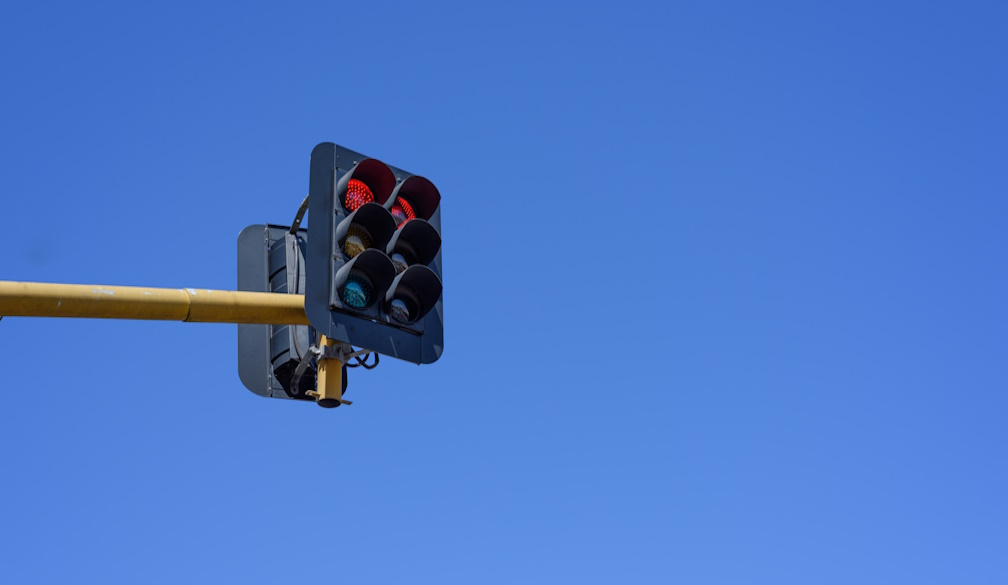Defence is shaping up to be a key election issue, whether politicians like it or not
- Written by Peter J. Dean, Director, Foreign Policy and Defence, United States Studies Centre, University of Sydney
International and domestic policy have collided in Australia in recent weeks with a force not seen in decades.
Foreign policy concerns have dominated media headlines, from the Chinese research vessel[1] travelling along the south coast (and the Chinese navy’s circumnavigation of Australia[2]), to the continued war in Ukraine, the resumption of hostilities in Gaza and US President Donald Trump’s mercurial approach to foreign policy.
This has brought home to the Australian public, and its political leaders, how tenuous our geostrategic and economic circumstances are.
This is a policy debate the leaders of both major parties would prefer they didn’t have to have. Debating defence spending is like going down a political cul-de-sac. Once you enter it, it is a dead end with only one way to turn around and get out: spending more money on defence.
Credibility on the line
Both political leaders understand federal elections are not won on defence policy debates. Polling data[3] has revealed, unsurprisingly, that cost of living is front and centre of voter’s minds.
Defence is central, though, to political credibility and it does influence voters’ perceptions. To be seen as “soft” on national security[4] is to fail one of two major credibility tests of national political leadership (the other being basic economic management).
For the Coalition, national security is perceived as a traditional strength. But in the most recent election, Scott Morrison tried to make security a key election issue and lost control of the agenda[5], badly damaging his already bruised political image.
This time, neither leader has much of a choice but to engage in defence and national security debates. Global uncertainty has put defence spending in the frame as a key election issue.
Trump and his tariffs were front and centre during Prime Minister Anthony Albanese’s press conference when he announced the election on Friday morning[6]. The shadow of Trump will stalk both the main candidates wherever they go for the rest of the campaign.
Pre-election arms race?
A potential election campaign defence spending arms race is in the making. This is a political reality both that Albanese and Opposition Leader Peter Dutton know.
Dutton has had to accept more risk and was the first to blink. He committed A$3 billion, in addition to existing defence spending, to buy a fourth squadron of F-35 Joint Strike Fighters[7].
The government responded with an extra $1 billion for defence[8] over the next two years in the budget.
Dutton parried again in his budget reply[9], pledging to “energise our domestic defence industry” and flagging more announcements to come during the campaign.
This means that along with the cost of living, health and energy, defence will likely be a key election issue.
Closer to home
This defence debate is different from election campaigns of decades past. It is far less about faraway conflicts of political choice, although peacekeeping for Ukraine[10] is still to be decided.
Instead, the contemporary strategic debate is about how global and regional disruptions are impacting the foundations of the Australian economy.
And as the Chinese navy’s unprecedented actions off the coast of Australia, including unannounced live fire exercises, underscored, the real question is about how well-prepared we are[11] to defend the homeland.
Read more: Should Australia increase its defence spending? We asked 5 experts[12]
The government spends around 2% of gross domestic product (GDP) on defence, but with pressures on the existing defence budget, this is widely regarded as not enough[13].
Since mid-2024, the main question among defence pundits has been whether the number should be 3% of GDP[14]. If so, how quickly can we get there?
The pressure for 3% has only increased with the election of Trump[15] and his demands that US allies pay more for their own defence, especially as the US spends 3.4% of its GDP on defence[16].
GDP may well be a poor way to measure defence spending[17], but it has political cache, both domestically and internationally.
A different debate
Traditional defence spending debates in Australia have largely focused on big platform announcements, such as which planes, ships and tanks a government will buy for the Australian Defence Force (ADF). The Coalition’s pledge for more F-35s fits this traditional policy mould perfectly.
But this debate has shifted. The latest defence strategy calls for Australia to work strategically to circumvent the strength of major powers[18], rather than trying to achieve the same strength. This requires a shift in traditional defence thinking[19].
Even more significantly, defence policy is no longer just about the types of major platforms our military will have decades into the future. Now, the debate is centred more on what can be done to ensure the ADF is ready to “fight tonight[20]” or in the near future.
This focus on preparedness and readiness[21] is at the centre of the 2024 National Defence Strategy[22] the Albanese government brought into place following the 2023 Defence Strategic Review[23].
Core to this approach is the concept of “national defence”. This includes key national resilience issues[24] such as field, energy and cyber security, industrial resilience, supply chain resilience, innovation, science and technology, and defence workforce. These should be key focuses.
This means the real question in the election campaign should be: what can be done with any additional defence spending to ensure we are addressing these issues more quickly and more efficiently?
References
- ^ Chinese research vessel (www.abc.net.au)
- ^ Chinese navy’s circumnavigation of Australia (www.newsweek.com)
- ^ Polling data (www.roymorgan.com)
- ^ “soft” on national security (www.news.com.au)
- ^ lost control of the agenda (www.lowyinstitute.org)
- ^ announced the election on Friday morning (www.abc.net.au)
- ^ fourth squadron of F-35 Joint Strike Fighters (www.afr.com)
- ^ extra $1 billion for defence (www.afr.com)
- ^ budget reply (peterdutton.com.au)
- ^ peacekeeping for Ukraine (www.abc.net.au)
- ^ well-prepared we are (www.defenceconnect.com.au)
- ^ Should Australia increase its defence spending? We asked 5 experts (theconversation.com)
- ^ widely regarded as not enough (theconversation.com)
- ^ 3% of GDP (www.theaustralian.com.au)
- ^ increased with the election of Trump (www.abc.net.au)
- ^ US spends 3.4% of its GDP on defence (data.worldbank.org)
- ^ a poor way to measure defence spending (www.jstor.org)
- ^ circumvent the strength of major powers (www.defence.gov.au)
- ^ shift in traditional defence thinking (theconversation.com)
- ^ fight tonight (totalmilitaryinsight.com)
- ^ readiness (www.idb.org)
- ^ 2024 National Defence Strategy (www.defence.gov.au)
- ^ 2023 Defence Strategic Review (www.defence.gov.au)
- ^ national resilience issues (www.defence.gov.au)













